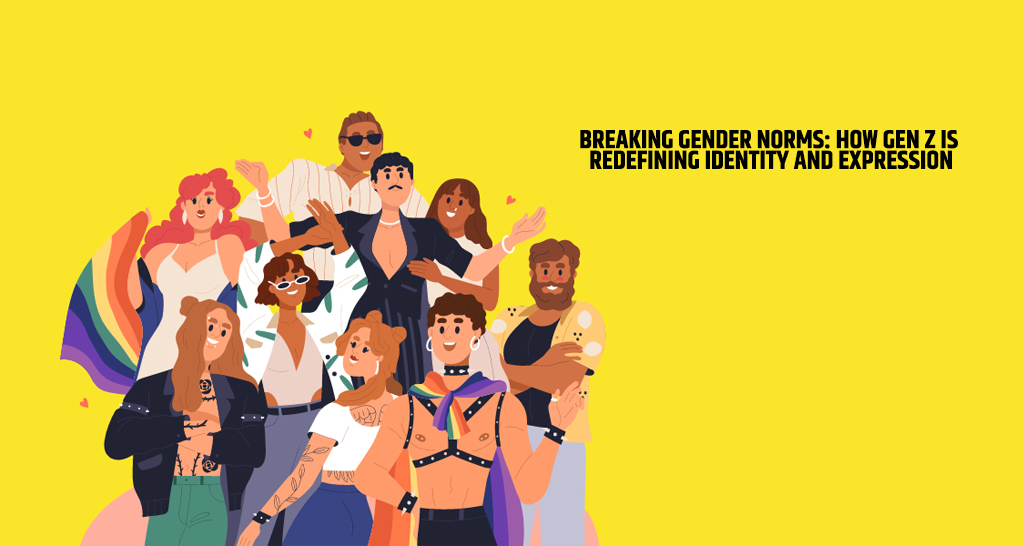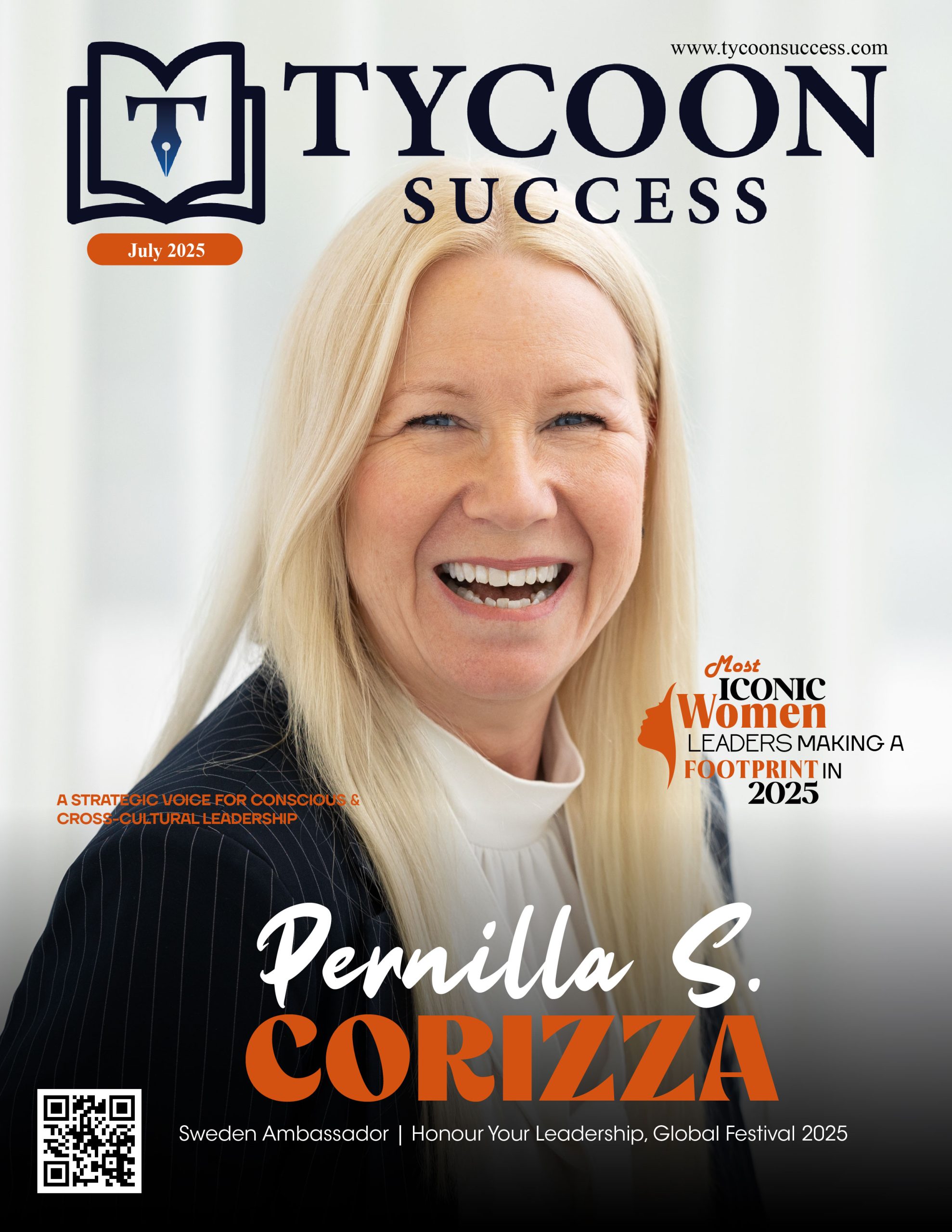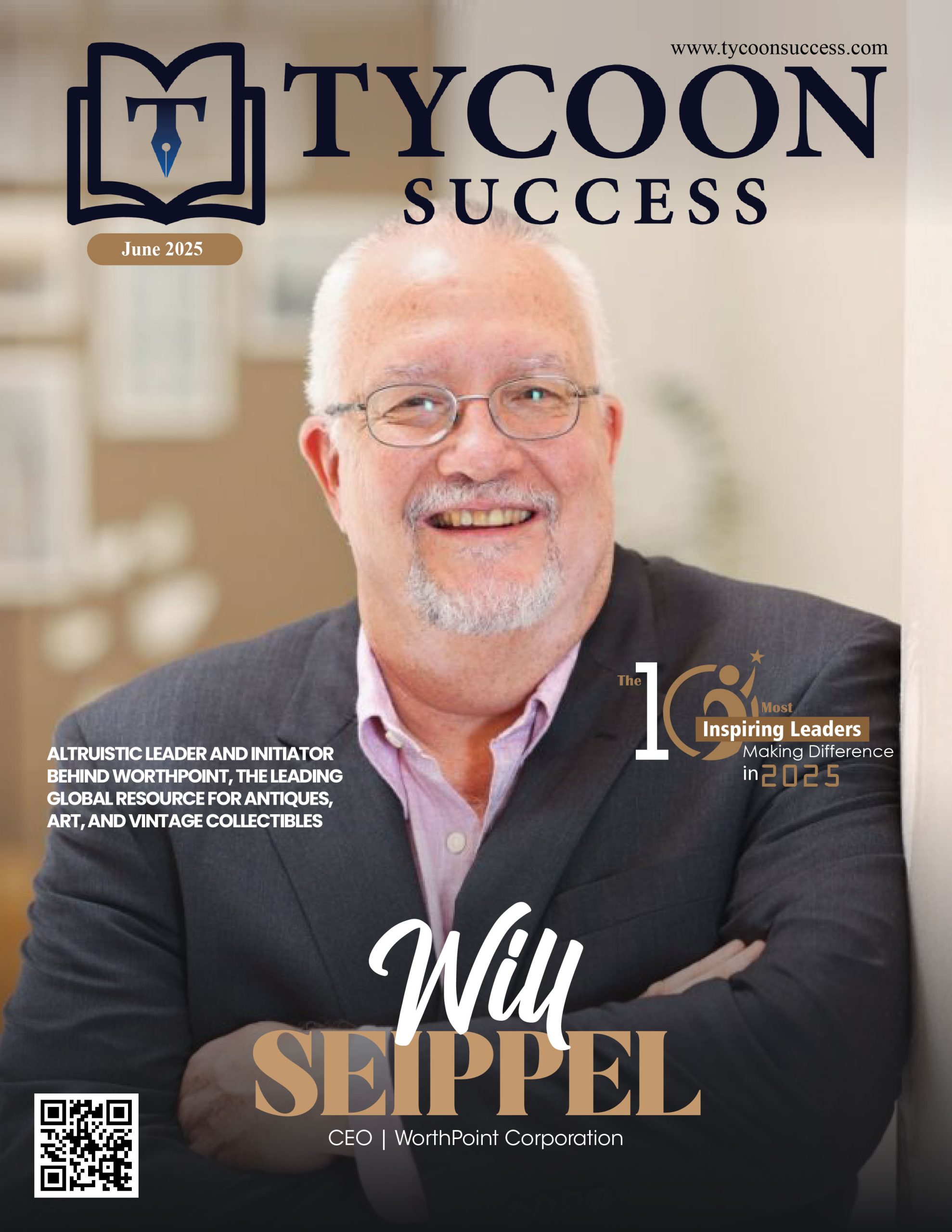The global landscape is undergoing a profound transformation in the way gender is understood, expressed, and lived. Leading this change is Generation Z, individuals born from the late 1990s to the early 2010s. This generation is actively redefining societal norms and questioning established conventions surrounding gender, identity, and expression. Generation Z is increasingly outspoken in their rejection of the conventional binary classifications of gender that have historically shaped our social and cultural contexts. Their perspective is characterized by fluidity, inclusivity, and complexity, prioritizing individuality and personal freedom.
A New Approach to Gender Identity
For Generation Z, gender is perceived as a fluid spectrum rather than a rigid binary of male and female, nor is it solely determined by biological characteristics. This perspective acknowledges that everyone’s gender identity is distinct and personal. The growing visibility of non-binary and gender-fluid individuals has significantly shaped this understanding, as many do not align strictly with traditional male or female classifications. A considerable number of Gen Z individuals appreciate that gender can vary along a continuum, capable of evolving over time or manifesting in ways that challenge conventional societal norms.
Social media platforms such as TikTok, Instagram, and Twitter are instrumental in this transformation. They provide marginalized communities, including individuals who identify as gender non-conforming, non-binary, or transgender, with a space to openly express their identities. Through the dissemination of viral content, the use of hashtags, and digital activism, Generation Z has successfully challenged conventional gender norms and fostered a community that embraces diversity in identity. Hashtags like #GenderFluid, #TransIsBeautiful, and #NonBinaryVisibility have significantly contributed to amplifying voices that were previously overlooked or marginalized in mainstream media.
The transformation in language utilized by Generation Z is evident in their choice of terms. The adoption of pronouns such as “they/them” and the preference for inclusive expressions like “folx” in place of “folks” exemplify a concerted effort to embrace a variety of identities. Members of Gen Z are increasingly inclined to present themselves with their pronouns and promote this practice among others as a sign of respect and acknowledgment. This evolution in language serves as a direct challenge to the traditional gender binaries that have long been enforced through linguistic conventions.
Breaking Down Gender Expression
Gender expression, which refers to the external manifestation of one’s gender through attire, hairstyle, conduct, and vocal characteristics, has evolved to be more fluid among Generation Z. In earlier generations, societal norms dictated strict guidelines for how men and women ought to present themselves. Men were typically expected to don suits and exhibit reserved behavior, whereas women were often encouraged to adopt styles that highlighted delicacy and femininity. However, Generation Z is challenging these traditional norms, welcoming a diverse array of styles, and utilizing fashion as a vital means of conveying their individual identities.
The emergence of gender-neutral clothing brands like Telfar and Wildfang highlights the increasing appetite for fashion that transcends conventional gender classifications. The androgynous style has gained significant traction, with both male and female members of Generation Z adopting oversized garments, platform footwear, and designs that merge aspects of traditionally masculine and feminine attire. Gender fluidity in fashion has moved beyond the confines of the runway, becoming a prominent feature of everyday street style, frequently acting as a form of resistance against the limitations imposed by gendered fashion standards.
The fashion industry, which has faced significant criticism for its insufficient inclusivity, is beginning to acknowledge the need for change. The insistence of Generation Z for greater representation has sparked a wider movement towards gender-neutral apparel, inclusive sizing options, and marketing initiatives that showcase models representing a variety of gender identities. This cultural transformation transcends mere personal expression; it aims to establish an environment where individuals can feel recognized and affirmed for their authentic selves.
Rewriting the Script on Relationships and Sexuality
The concepts of gender fluidity and the challenge to conventional gender norms are significantly influencing Generation Z’s perspectives on relationships and sexuality. This generation tends to perceive sexual orientation and gender identity as distinct yet interrelated components of an individual’s identity. A considerable number of Gen Z individuals are adopting a fluid approach to their romantic and sexual relationships, moving away from the binary classification that has traditionally categorized individuals as either heterosexual or homosexual.
A considerable segment of Generation Z identifies as LGBTQ+, with numerous individuals embracing terms such as queer, pansexual, and asexual. The acceptance of non-heteronormative relationships has contributed to the destigmatization of various sexual orientations, fostering an environment where romantic and sexual preferences are met with reduced scrutiny. Furthermore, the traditional notion of a “coming out” experience is becoming less pivotal for Gen Z, who increasingly perceive sexuality and gender identity as a continuous journey of exploration.
The Role of Activism and Social Justice
Social justice movements have played a crucial role in advancing gender equality and recognition. For Generation Z, the pursuit of gender equality encompasses not only the challenge of traditional gender roles but also the advocacy for the rights of marginalized groups, including transgender and non-binary individuals, particularly in sectors such as healthcare, employment, and legal recognition. This generation has been vital in advocating for reforms, including the introduction of non-binary options on official documents, safeguarding transgender individuals from discrimination, and ensuring access to gender-affirming healthcare.
Generation Z has advocated for increased visibility and representation within the media, challenging the traditional binary depiction of gender in mainstream television, film, and advertising. By demanding more diverse casting, storylines that are inclusive of transgender individuals, and the representation of non-binary characters, Generation Z has urged the entertainment industry to reconsider its gender portrayals and to incorporate more genuine and nuanced representations.
Conclusion
The perspective of Generation Z on gender serves as a significant reflection of their dedication to inclusivity, authenticity, and personal empowerment. By dismissing traditional norms and embracing gender as a fluid concept, they are paving the way for a future in which identity and expression are liberated from antiquated expectations. Through their activism, fashion selections, and daily behaviors, Generation Z is transforming the definition of humanity, underscoring that gender is not merely a category to be fulfilled but a continually evolving aspect of our identities. As this generation persistently confronts and alters societal conventions, the world is progressively advancing towards a more inclusive and diverse comprehension of gender and identity.







